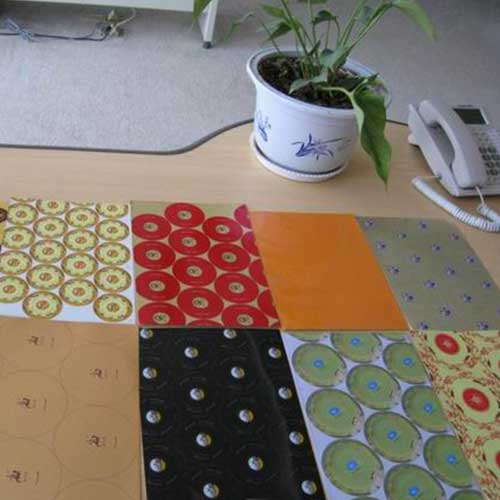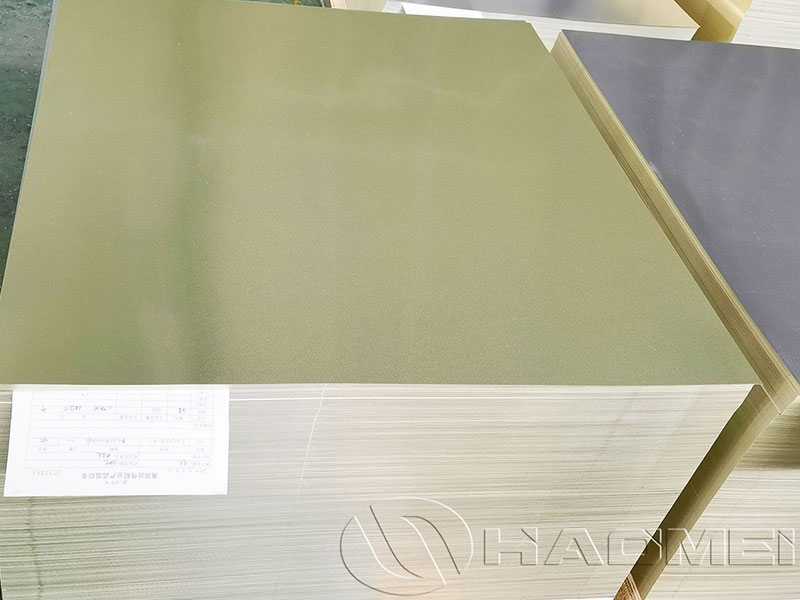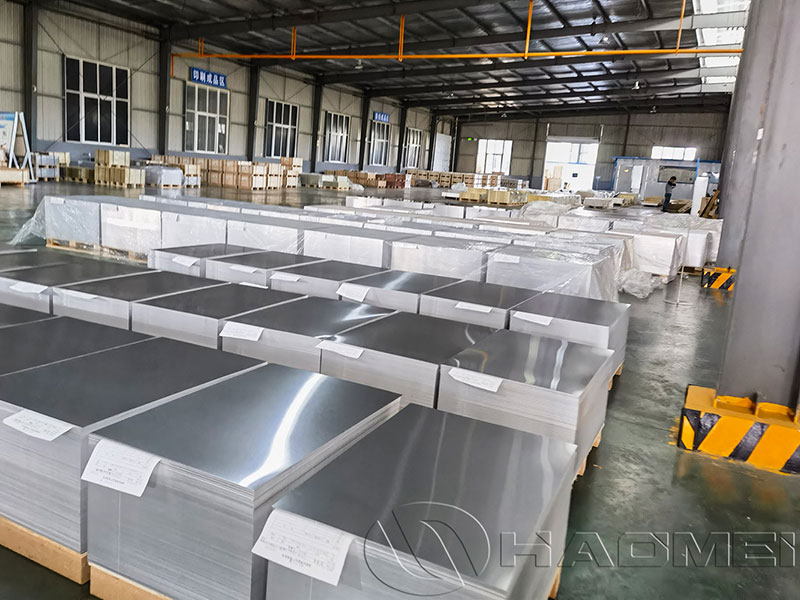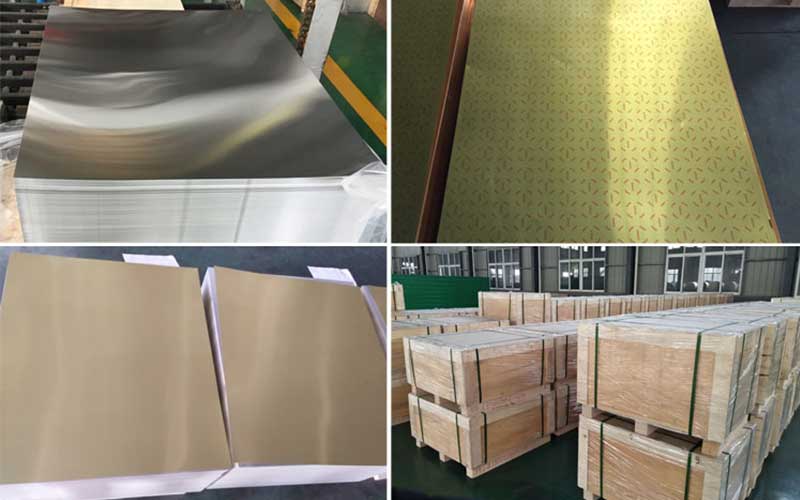How to open the aluminum plate stretch bottle mold
When we think of molds, our minds often drift toward traditional materials such as plastic or wood. However, a revolution in molding comes today with the introduction of aluminum plate stretch bottle molds. As industries increasingly pivot towards aluminum for its lightweight durability and recyclability, opening these specialized molds becomes a technical yet essential process that warrants a fresh exploration.
Aluminum Plate Stretch Bottle Molds
Before delving into the operational aspects, it's important to clarify the purpose and design of aluminum plate stretch bottle molds. These molds are engineered specifically to create PET (Polyethylene Terephthalate) bottles using the stretch blow molding process. They offer significant advantages, including excellent thermal conductivity and resilience paired with lightweight characteristics.
Opening an aluminum plate stretch bottle mold requires a delicate balance of force and precision to avoid damaging the expensive tooling or the newly formed aluminum closure sheets. My experience highlights the crucial role of proper lubrication. Insufficient lubrication leads to galling and seizing, making opening the mold extremely difficult and potentially causing warping of the aluminum sheets or even breakage of mold components. We've found that a specifically formulated, high-temperature lubricant applied before each molding cycle significantly reduces friction and allows for smooth, even release. Regular inspection of the mold's ejection system – including pins, sleeves, and the hydraulic or pneumatic actuators – is also critical; timely maintenance prevents malfunctions that can lead to binding and damage during opening.
Beyond lubrication and maintenance, the cooling process is equally vital. Prematurely attempting to open the mold before the aluminum has adequately cooled will result in deformation of the closure sheets, rendering them unusable. We've implemented a precise, timed cooling system that ensures the aluminum reaches the optimal temperature before the ejection mechanism is activated. Moreover, the material properties of different aluminum alloys is crucial. Thicker, higher-strength alloys require more forceful ejection and potentially adjusted cooling parameters to prevent cracking or tearing during release. Careful monitoring and adjustment of these factors are essential for efficient and damage-free mold opening.
Natural Applications:
- Beverage Packaging: Among the prime consumers of stretch blow-molded bottles are soft drink and bottled water manufacturers.
- Healthcare Products: Pharmaceutical bottles require stringent quality controls, with aluminum molds offering precise formations that reduce limitations for diverse bottle shapes.
- Cosmetics Containers: With a push towards sustainability, brands are increasingly looking for recyclable aluminum-based containers for their cosmetic products.
Functions and Technical Insights
The essential function of aluminum plate stretch bottle molds is to produce high-quality, accurate dimensions and designs during the blow molding process. Unlike standard blow molds, aluminum stretches retain the shape and heat distribution necessary to create stronger bottles with thinner walls. This not only reduces material wastage but boosts the overall quality of the product.
Unique Perspective on Opening the Mold: Opening an aluminum plate stretch bottle mold involves more than twisting or prying apart. It requires a knowledge of several specialized components and careful methodologies to maintain mold integrity:
-
Safety Protocols: Always ensure proper safety measures are in place. This includes wearing personal protective equipment and ensuring surrounding personnel are aware of the operations being conducted.
-
Temperature Management: One must consider temperature control. Since aluminum retains heat and the products created are temperature-sensitive, it is crucial to make sure the mold cools down adequately first. A typical operating temperature for aluminum molds during production fluctuates between 70-90 degrees Celsius. Before opening the mold, ensuring it drops to ambient temperature can mitigate accidental warpage.
-
Releasing Mechanisms: Many aluminum molds integrate a cavalant system. this interplay is vital; failure to hit the right pressures can result in residual tension. Engage the release fail safes, which may come in as part of the mold architecture or with specialized hydraulic systems.
-
Maintenance Checks: Inspect surfaces for wear or damage. If left unchecked, this could compromise quality in future runs. Pay special attention to alignment guides and ejector pins that may interact unfavorably when opened unjustly.
-
Lubrication Application: Regular lubrication of bolt and hinge points prevents rust and simplifies the opening and closing process.
Advantages of Aluminum Plate Stretch Bottle Molds
Opening the mold effectively is aligned with maintenance and could signify longer operational life and lesser production failures. The advantages of employing such molds include:
- Versatility in Design: Aluminum molds cater to custom bottle designs, accommodating curves and aesthetic features that rigid tools might not handle.
- Eco-friendly Manufacturing: As sustainability remains a cornerstone for manufacturing, investing in aluminum molds radically cuts down metal resource costs, thus catering to eco-friendly manufacturing practices.
- Cost Efficiency Over Time: Although initial investment may be higher, aluminum molds significantly reduce the cycle time and raw material waste, translating into low per-unit costs.
https://www.al-alloy.com/a/how-to-open-the-aluminum-plate-stretch-bottle-mold.html





